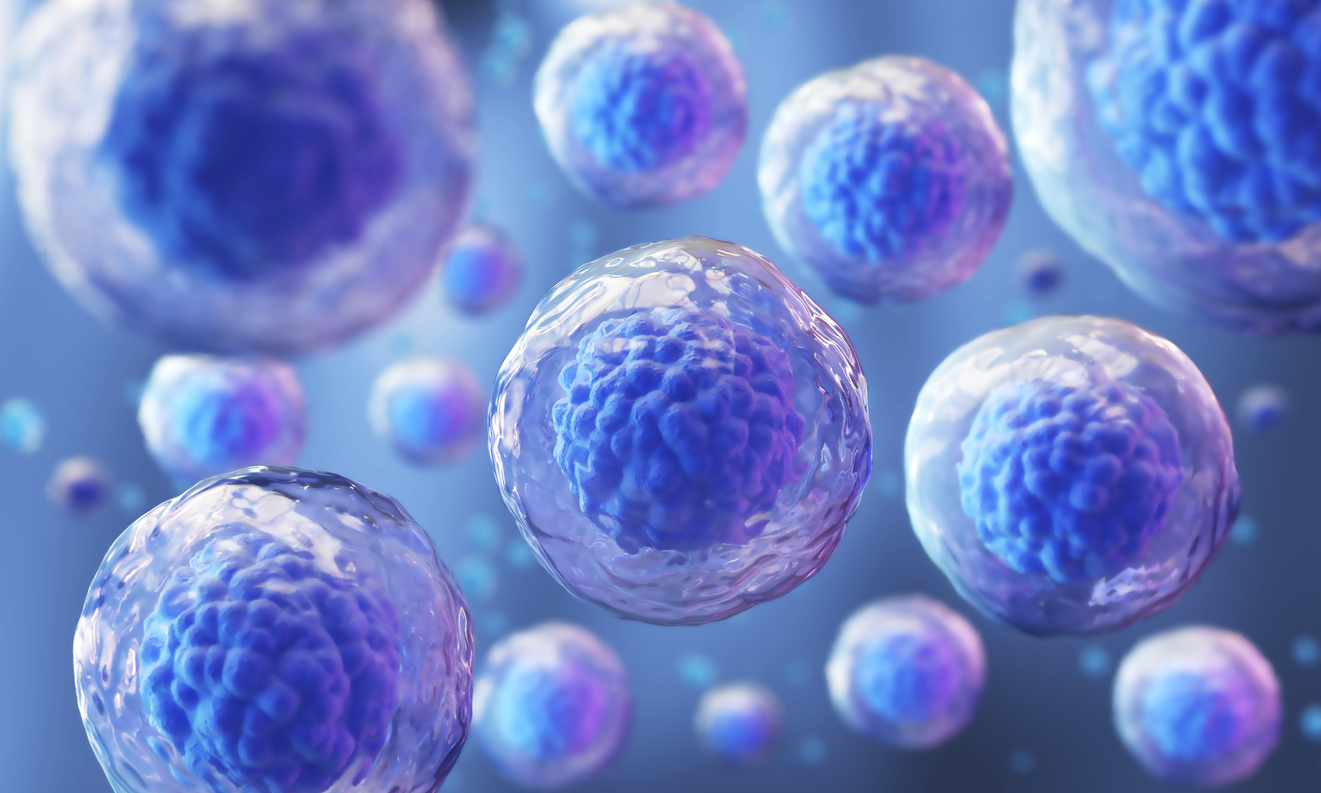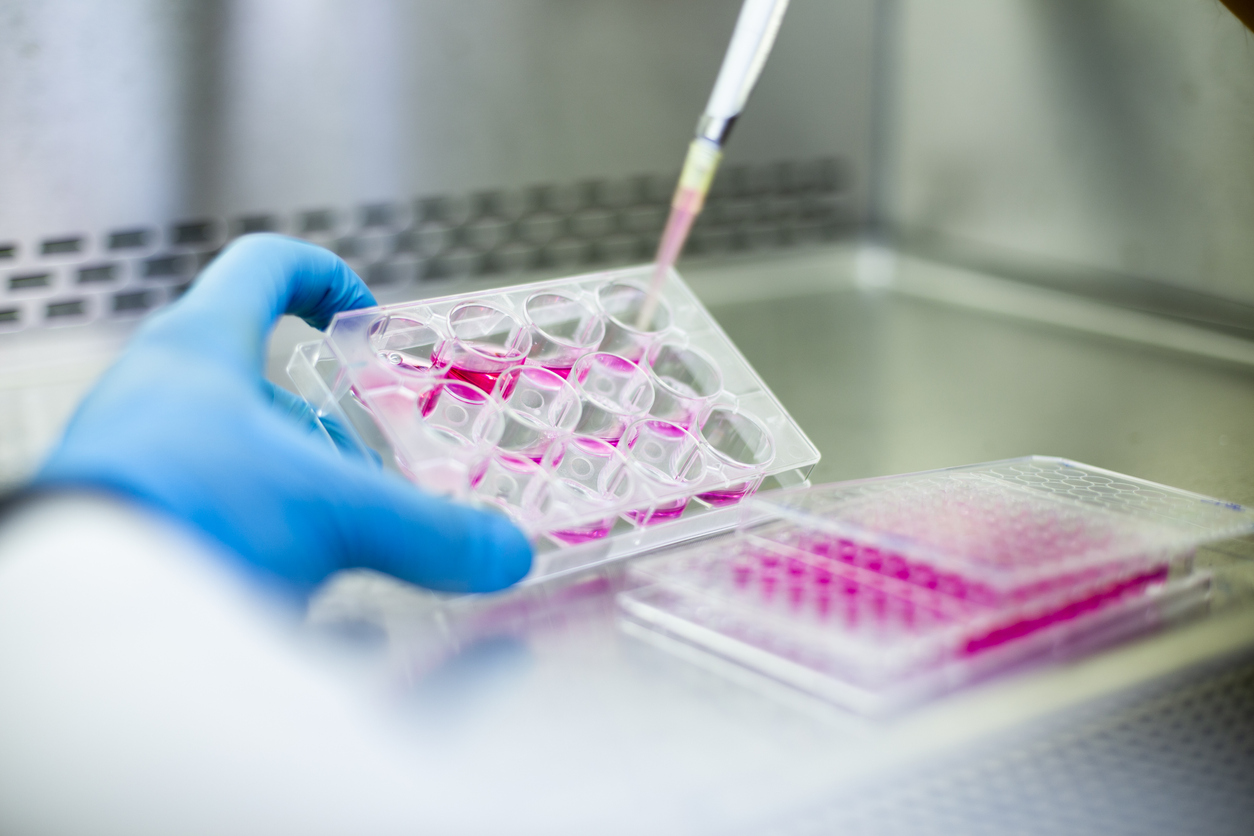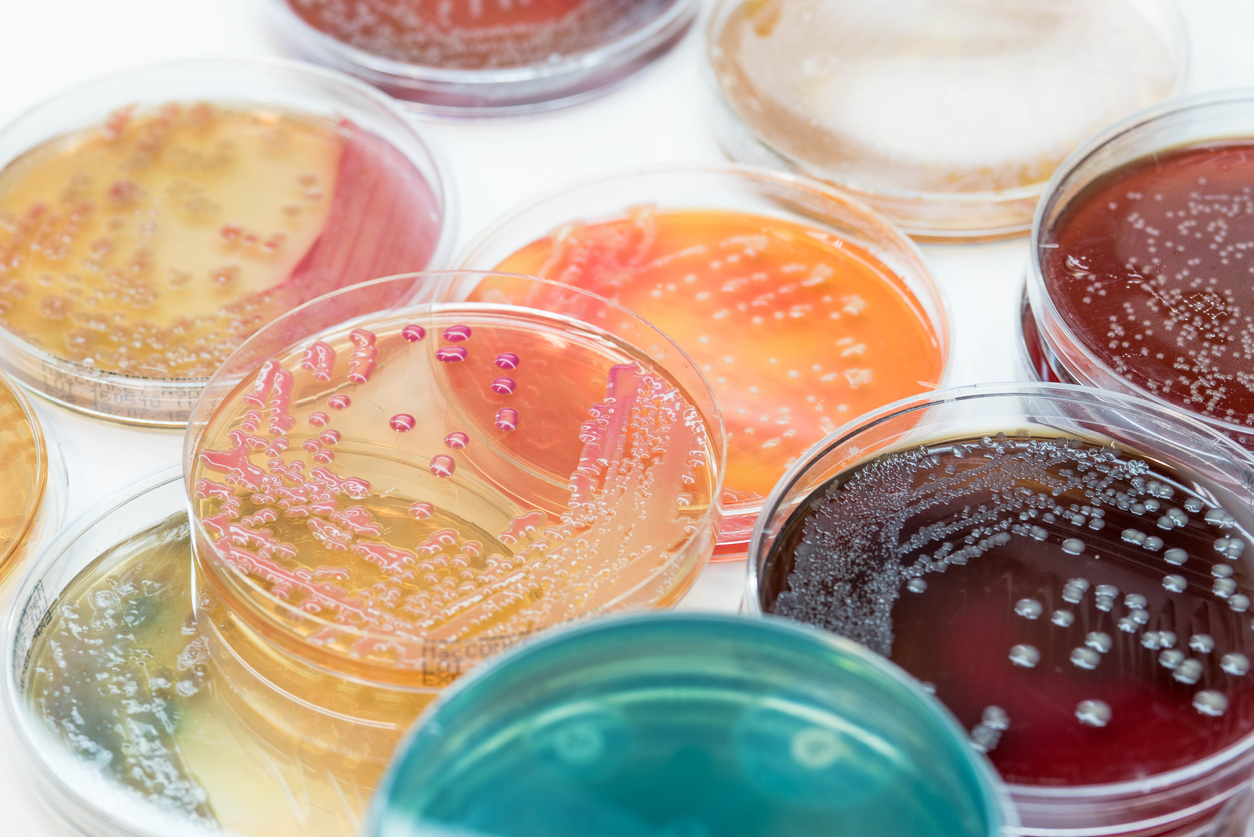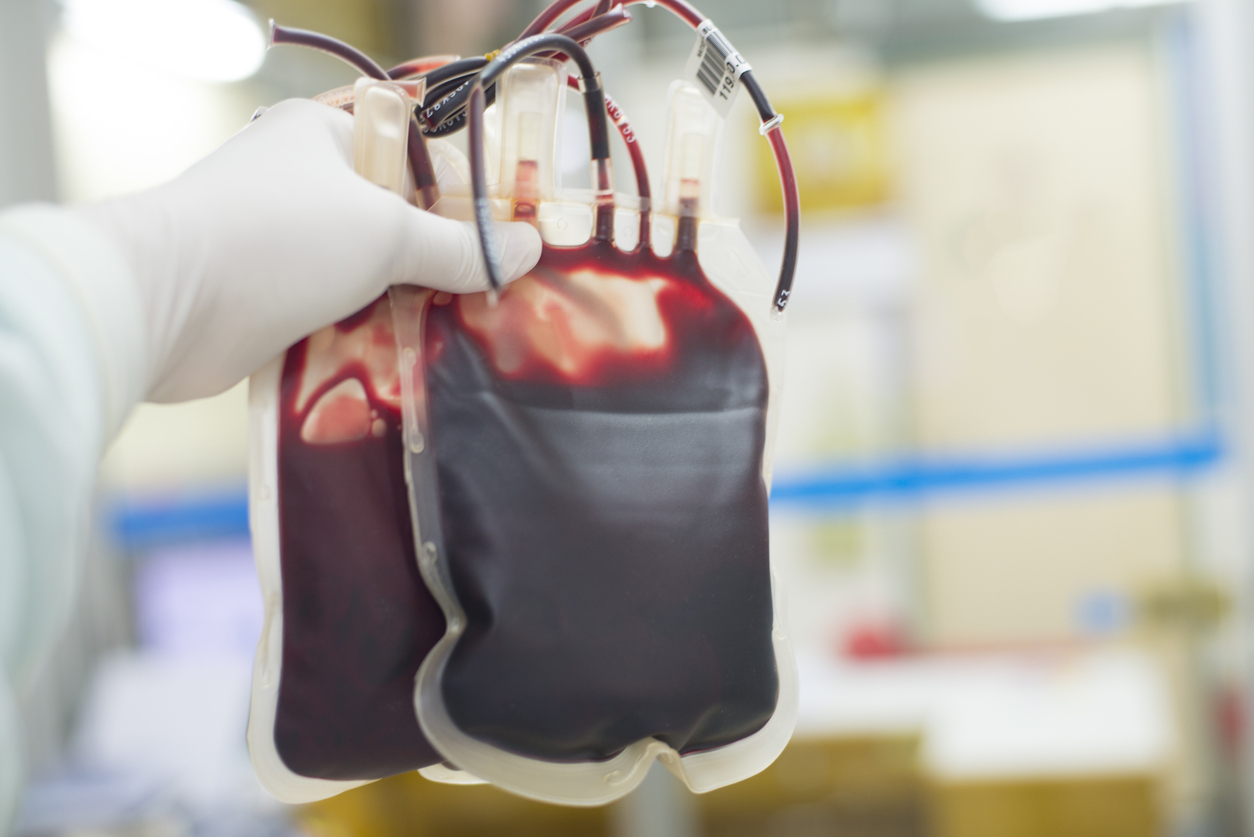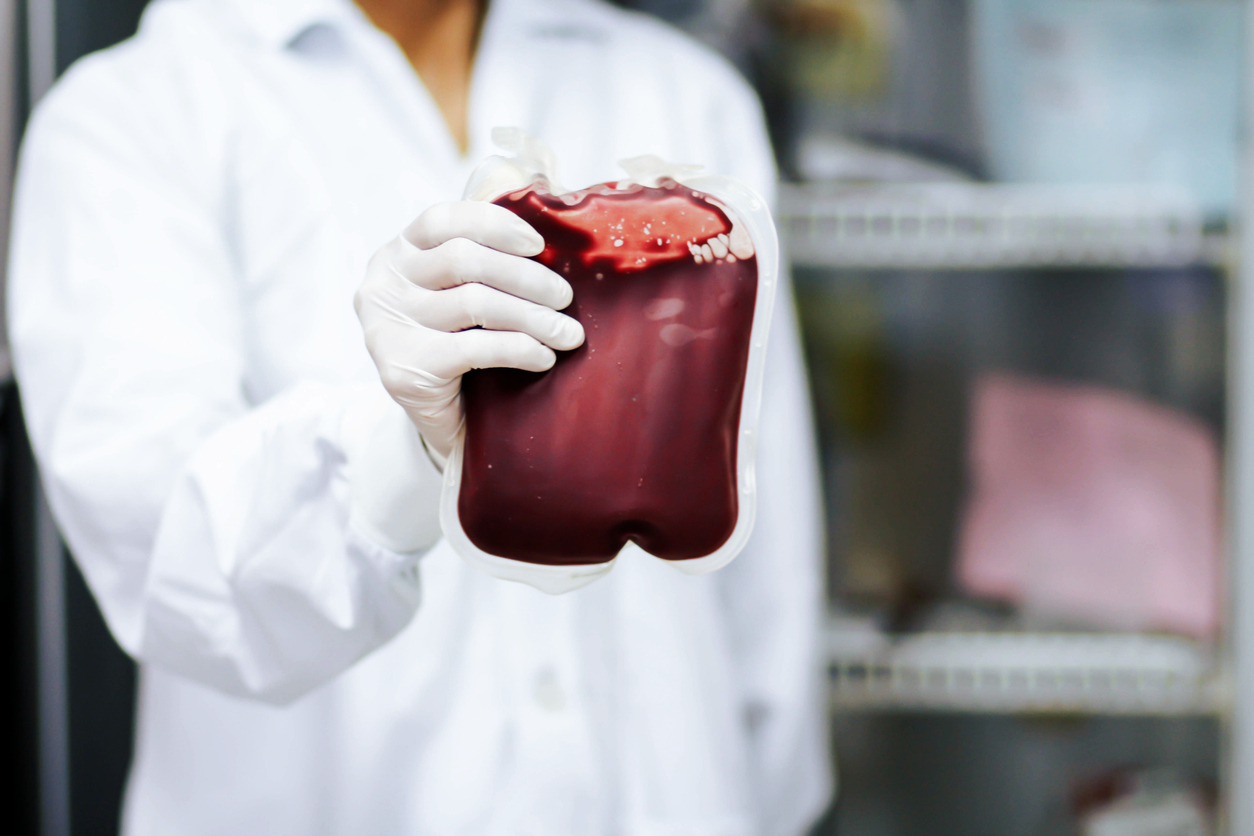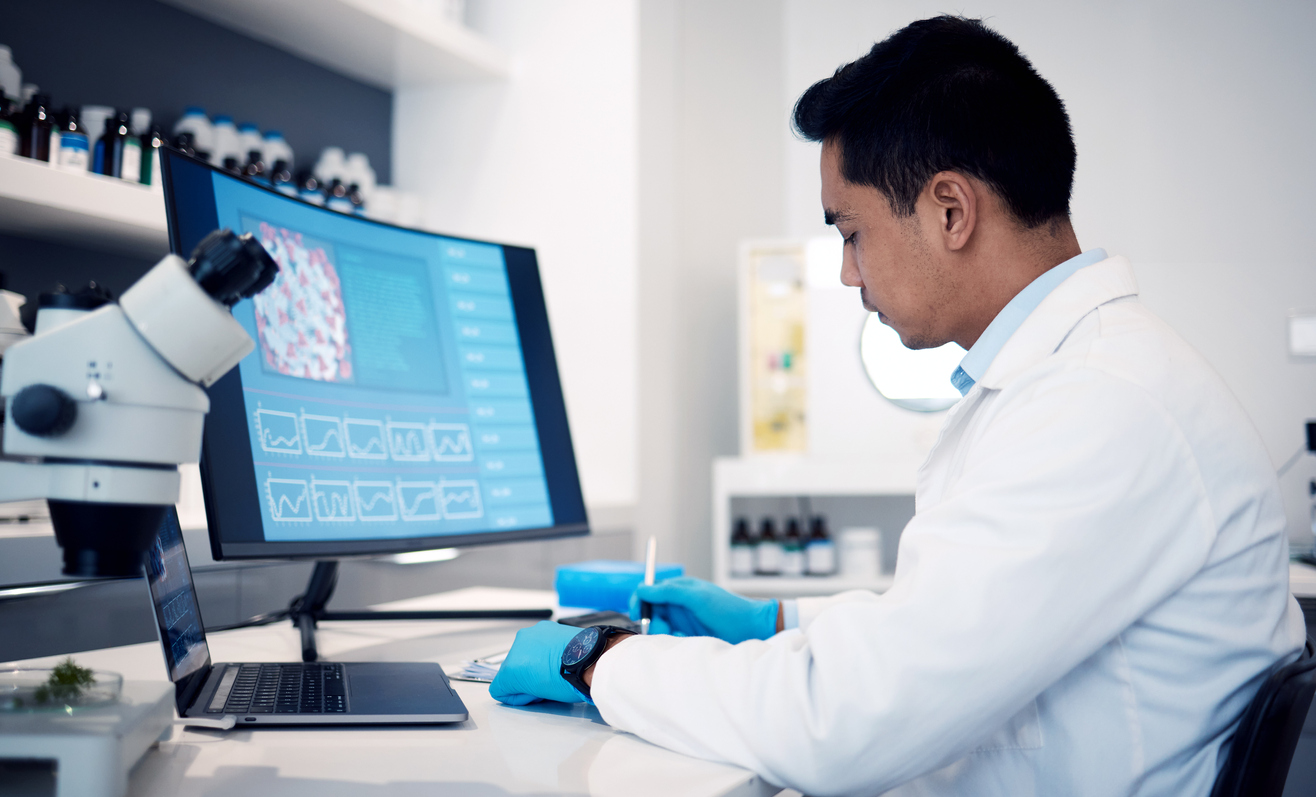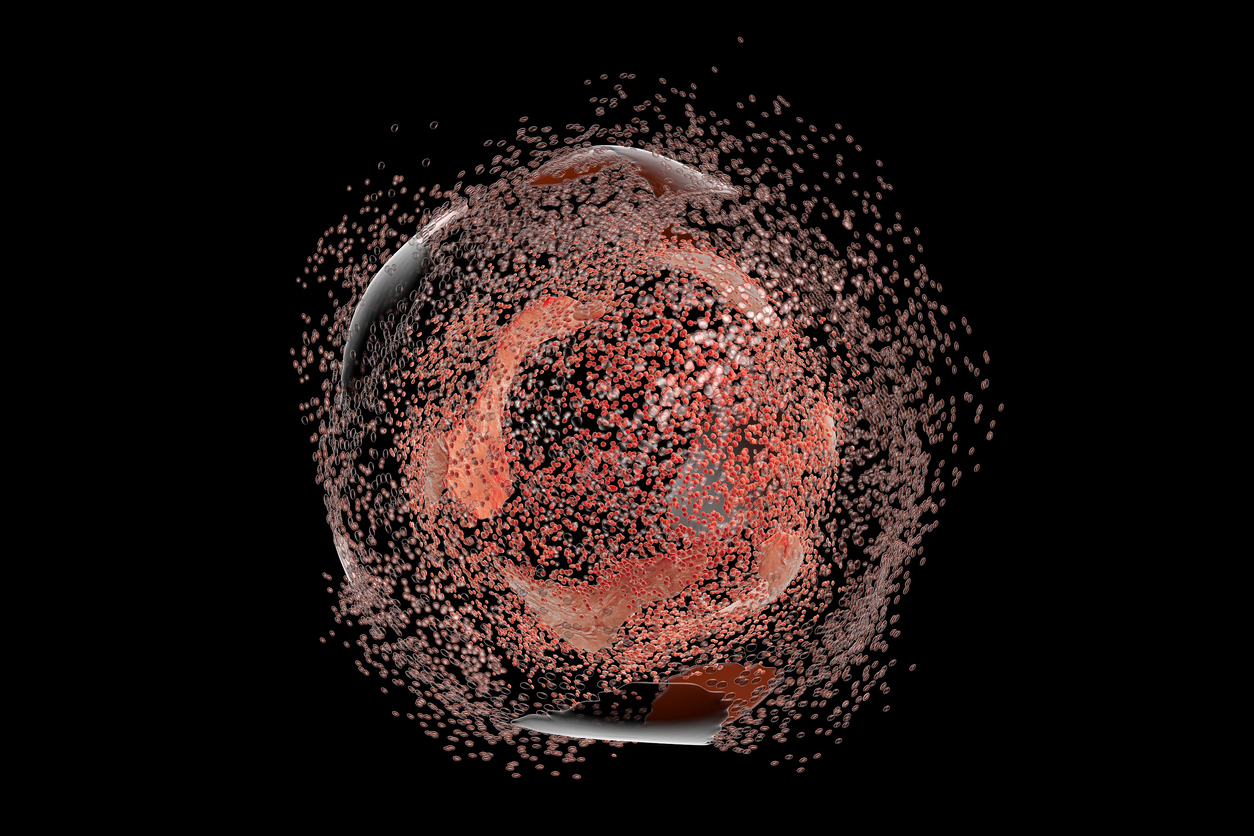Blog
Page 4
Fragile Immune Cells Require Gentle Handling
Updated on Apr 7, 2025 Share
Protecting cells during cell processing is a critical aspect of protocol design and development. Cells are fragile by nature, requiring specific and gentle handling to survive and optimally perform in their downstream applications. Some cells are more delicate than others and more prone to damage or cell death when exposed to stressful conditions. The Importance of Gentle Handling Handling cells gently is crucial to maintaining cell viability, morphology, and experimental …
Dead Cell Removal
Updated on Apr 2, 2025 Share
What Is Dead Cell Removal? Dead cell removal involves removing dead cells and debris from a culture or cell population to enhance purity and viability. Researchers and clinicians utilize this process in various research and clinical applications, including cell culturing, sorting, manufacturing, and cellular assays like flow cytometry. How Is Dead Cell Removal Used Across Applications? Cell culture experiments involve studying cells in a natural and controlled state. Over time, …
What Is Dead Cell Contamination?
Updated on Apr 7, 2025 Share
Dead cells naturally contaminate cell samples or cultures throughout their lifespan; this contamination can occur at any time. While common, dead cells and debris negatively affect cell populations before and after separation, isolation, and application. Removing dead cells and debris before further processing plays a critical role in culture maintenance and adherence to good laboratory practices. Cell Culturing and Dead Cells Researchers grow cell cultures in the laboratory that can …
An Overview of Customized Leukopaks
Updated on May 19, 2025 By Brandon H. McNaughton, PhD Share
What Is a Customized Leukopak? A leukopak is a blood product enriched with white blood cells obtained through a unique extraction technique, leukapheresis. Leukapheresis, a specialized application of apheresis, targets the collection of leukocytes and returns all non-leukocyte material to the donor’s bloodstream. Leukopaks can be customized to fit the requirements of their intended application, both clinically and for research and development. Before leukopak collection, donors are strategically selected for …
Dead Cell Removal After Cell Separation
Updated on Apr 7, 2025 Share
Sample processing techniques like cell separation can potentially damage cells of interest and even decrease cell viability. Removing these dead cells before further clinical or research testing is important to reducing confounding downstream testing and results. In the case of leukopak processing, dead cell removal remains an integral step in preparing pure and high-quality cell populations. If dead cells are not properly removed from a sample, they can release toxins …
Leukopak Cell Washing
Updated on Apr 7, 2025 Share
Cell washing is a crucial technique used in both clinical and research settings for various biomedical applications. When trying to produce a pure, isolated population of cells via leukopak processing, cell washing is typically the first step. It removes unwanted cells and other contaminating material, such as proteins and platelets, leaving the apheresis product ready for high-precision cell separation. This enables the isolation of a pure population of cells, which …
Dead Cell Removal Before Cell Separation
Updated on May 19, 2025 Share
The removal of dead cells from a cell sample is a critical component of cell separation and purification that can significantly improve the quality and purity of the final product. As techniques for cell separation continue to evolve, researchers are constantly seeking ways to improve efficiency. If left unremoved, dead cells tend to release cellular debris, which may lead to erroneous results and contamination of the final product. That’s why …
Counterflow Centrifugation
Updated on Apr 7, 2025 Share
What Is Counterflow Centrifugation Elutriation? Centrifuges are one of the most commonly utilized laboratory instruments, applicable for cell separation, purification, and harvesting. Counterflow centrifugation elutriation (CCE) is a liquid clarification technique that separates cells suspended in a solution by size and stage. This process operates based on the differing sedimentation rates of cells or particles of different sizes in a liquid medium under centrifugal force. CCE is a valuable method …
An Overview of Activation-Induced Cell Death
Updated on May 19, 2025 Share
What Is Apoptosis? Cell death is a natural and normal part of the human body’s maintenance mechanisms. Apoptosis means the steady process of programmed cell death that occurs to aid in the body’s growth and development. Apoptosis regulates the life and death of cells, which affects several body processes like cell turnover, growth, immune functioning, hormone distribution, and hormone atrophy. Cell survival or death directly impacts the immune system’s population …
Cell Growth Factors and Development
Updated on May 19, 2025 Share
What Is a Cell Growth Factor? Cells grow in size as they move through the cell cycle toward eventual mitosis and cytokinesis, or cell division. To move from one stage of cell growth to the next, cells require the stimulation of surface receptors to pass entry checkpoints at each phase of the cell cycle. These signals come from cyclin-dependent kinases (CDK) and their cyclin components. Growth factors are an extracellular …



